

Ys: Memories of Celceta represents both a series and a subgenre that I’ve never really investigated before. The Ys series of RPGs has been around since the late eighties, though it only seems to have gained significant traction in the English-speaking markets in the 2000s. Unlike RPG series such as Final Fantasy, the Ys games tell a continuous story in a single world (though it’s a bit of a muddled history), following the adventures of a redheaded youth by the name of Adol Christin.
Despite being the thirteenth game released in the flagship series, Memories of Celceta is in fact the THIRD recreation/reimagining of the fourth game in the series, previously titled The Dawn of Ys and Mask of the Sun. While those games were developed by companies other than series originator Nihon Falcom, Celceta marks a return to the franchsie’s parent company and a re-envisioning of this instalment to better fit with the series’ overall chronology. All this could potentially lead to a game that is only enjoyable if you have full knowledge of where the series has come from and where it is going, but thankfully this game is as welcoming to newcomers like myself as it can be.
Employing the age-old ‘hero with amnesia’ trope, Memories of Celceta opens with Adol wandering out of the titular Celceta Forest with no memory of who he is or where he’s been. The vast forest is largely an unknown to mankind, as Adol is the first person to ever venture inside and return alive. Recruited by the Romun Army, Adol is sent back into the forest with a dual purpose – chart the uncharted territory, and recover his memories.
What follows is an action-RPG game in a similar vein to the Monster Hunter series. With two initially vague goals to search for, you’re let loose in the forest, mapping the way as you go. This aspect of the game is quite enjoyable as, despite being set almost entirely in one giant forest, there’s a lot of variety to the environments and enemies you encounter. Combat is action-oriented and happens in-world, rather than shifting to a battle screen like many RPGs. This makes the experience a lot smoother, effortlessly transitioning from slaying beasts to exploring. Each party member also has a unique skill that’s put to use in the world, from unlocking secure chests to destroying unreachable obstacles. The ability to quickly and freely switch between controlling each of your three active party members makes this simple to use, while also giving you the freedom to play as someone besides the traditional hack-and-slasher Adol.
Beyond the mapping of the world, you’ll also find yourself collecting materials dropped by plants and mineral deposits scattered throughout the world, as well as those dropped by enemies. These materials are then refined, combined and entwined with your equipment to offer boosts to attack, defense and status condition afflictions. While it took me a while to properly investigate this mechanic, the weapon improvement system is actually quite robust. It only took me a few minutes to turn a sword, scavenged materials and a modest pile of money into a powerful blade that would alternately shock, freeze, paralyse and poison anything that I didn’t like the look of. Whilst the requirements for some of these upgrade sprees can be pretty hefty, you’re lucky that every defeated enemy explodes with a wealth of materials, like a kind-of-gross piñata.
Outside of the gameplay, the story is fairly standard fare with a few twists. As you move through the forest you’ll encounter pockets of human civilisation, each of which Adol has inevitably visited in his forgotten past. As you encounter each town, you’re locked in to play through a portion of story, netting you a new playable character along the way. I found these points frustrating, as it felt claustrophobically linear compared to the more open-ended approach in the rest of the game. For each of these events you’ll be required to go off to some new location and complete a task – Memories of Celceta’s equivalent of dungeons. Unfortunately you’re blocked from heading in any direction BUT the dungeon zone at these points, so too bad if you wanted to see what was on the other side of that new town any time soon. In spite of this, the dungeons tend to be unique and interesting, with enough challenge to keep you engaged without frustrating you too much. Boss encounters are also well-handled, introducing enemies with new engagement requirements for you to go to town on.
The other prong of the story is the recovery of Adol’s memories. Scattered throughout the forest are glowing ‘memory orbs’, invisible on the screen until you approach them. Adol’s unique ability allows him to access these memories, unlocking information about his past both within the forest and before it. There are a few key memories unlocked as part of the story progression, but for the completionist there are plenty more out in the field. These offer an appreciated insight into silent protagonist Adol’s character, which goes mostly unexplored in the gameplay itself.
Visually, the game isn’t going to be the greatest thing you’ve ever seen on the Vita. Whilst it’s arriving here in Australia and European territories at the start of 2014, the original Japanese game was released in September 2012, less than a year into the Vita’s life. While I initially had the knee-jerk reaction that this game would look at home on the PSP, there’s actually a depth of detail to the character models that disproves this. Some environmental elements do look a little samey, and character animations can be shaky – Adol’s introduction in the game features the always-distracting walk cycle/movement speed mismatch, and occasionally charcters will merely fade from one position to another rather than having a complete animation. These are relatively minor problems, but do highlight the fact that Memories of Celceta perhaps did not have the wealth of funding and staff count that other big-budget RPGs would.
In spite of all the little issues raised here, I found it hard to put the game down. It’s been a while since I actively used my Vita this much, and I’m glad to see it’s an RPG doing it. Memories of Celceta is the kind of game you can play for both quick bursts and the long slog, and doesn’t suffer for either approach. There’s always something to do or somewhere new to explore, and the world itself is massive. If you’ve ever been interested in a career split between cartography and systematic elimination of monsters, this is the game for you.

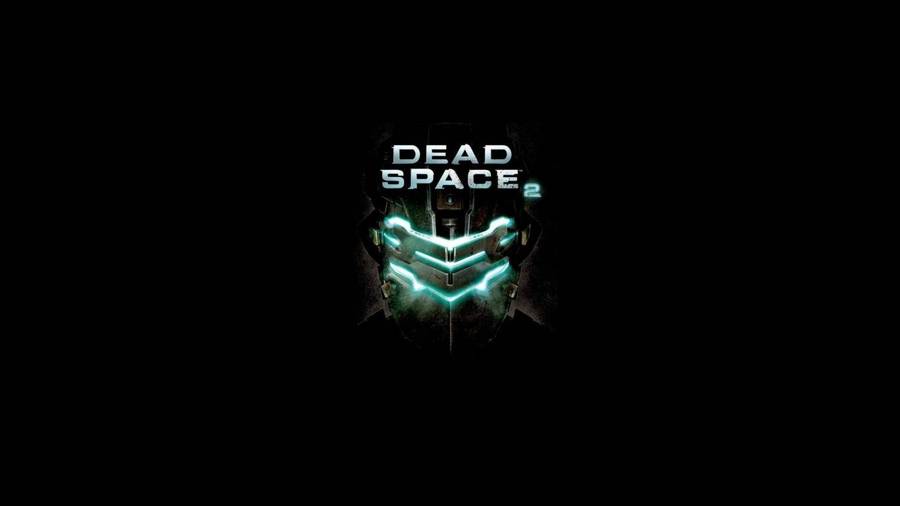
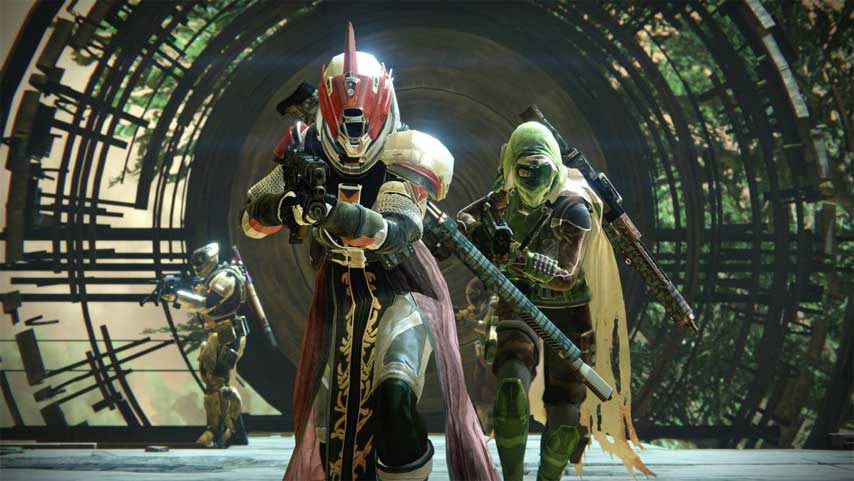

 Should you be worried about Watch Dogs’ release day review embargo?
Should you be worried about Watch Dogs’ release day review embargo? Beautiful Platforming - Beer Pairing and Review for Ori and the Blind Forest
Beautiful Platforming - Beer Pairing and Review for Ori and the Blind Forest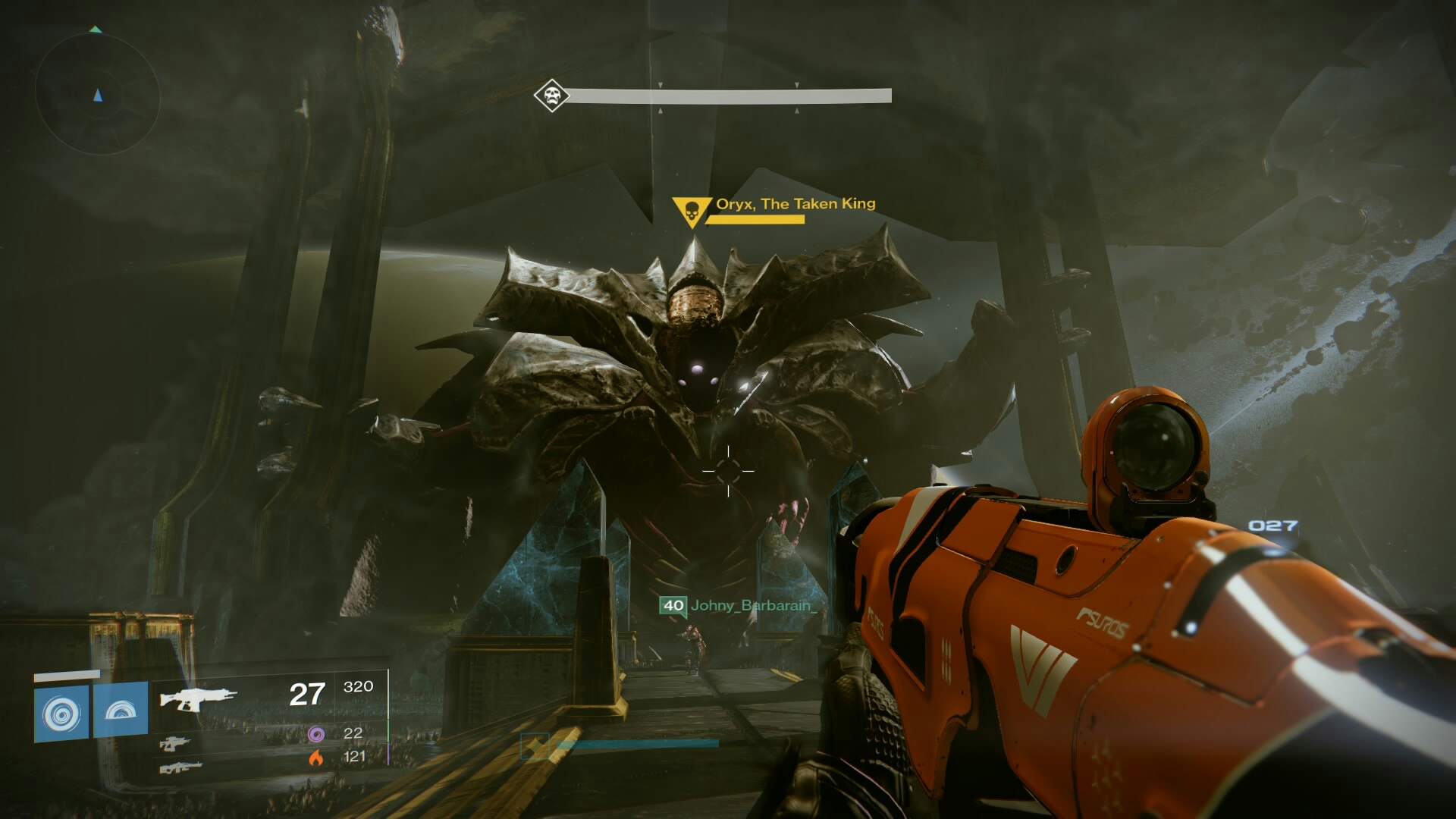 Destiny’s King’s Fall Raid guide – How to kill Oryx, The Taken King
Destiny’s King’s Fall Raid guide – How to kill Oryx, The Taken King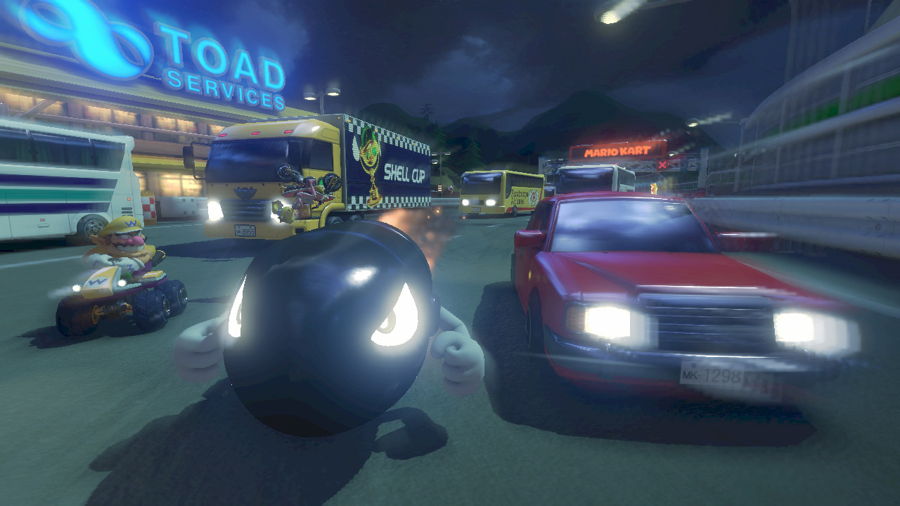 Mario Kart 8 Guide: All Coin Unlockables And What Do Coins Unlock
Mario Kart 8 Guide: All Coin Unlockables And What Do Coins Unlock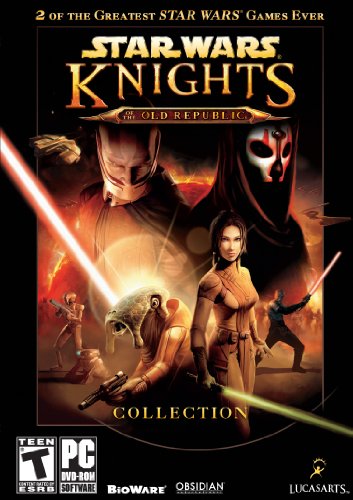 Star Wars: The Old Republic Review
Star Wars: The Old Republic Review